All-new Honda CR-Z

The introduction of Honda's new CR-Z marks the first time that a mass-market hybrid has been explicitly pitched at the more sporting driver, rather than the purely parsimonious one. Sure, there have been swift hybrids (most of Lexus's range spring to mind) and most all-electric sports cars are easily the equal of their petrol powered siblings when it comes to sprinting off the line. But up until now, hybrids have largely been defined by Toyota's saintly Prius and its Honda-built rival, the Insight, both four-door family cars that offer high tech but little in the way of temptation for the enthusiast.
Honda hopes the CR-Z will change all that. Boldly claiming inspiration from the stubby little CR-X, first introduced in 1983, the CR-Z was shown as a concept back in 2009. Although the basic proportions have survived the transition from studio model to production line, the bolder details have not been so lucky. Where the concept was space-age, sharp-edged and futuristic, the production car is, to put it bluntly, rather ungainly, with broad brush styling that doesn't really work terribly well from any angle. Rear accommodation is also woefully tight - the back seats are off-limits to anyone over five foot, and they've been deleted entirely on the American model.
Up front it's a different matter. Although Honda's angular dash is a riot of blue, red and questionably racy graphics it won't win any prizes for cohesion or simplicity. Somehow, however, it works and suits the car's quirky character. The CR-Z is an easy drive, with steering that feels direct and precise and a real sense that it's slightly lighter on resources than other cars on the road.
After a multi-hundred horsepower beast the CR-Z naturally feels lacking in punch, but enter 'Sport' mode (the dash lighting glows red, rather than the soothing green of 'Eco' mode) and it fizzes like an Alka Seltzer. A 1.5 litre petrol engine gets extra pep from the electric motor. Although the interior is high-tech, the flimsy construction knocks decades off the car's feel, but in a good way - it has the spirit of a 1970s classic. That means the small engine that must be revved hard to make progress (and you can easily reach the limits of adhesion of the skinny tires) but the gearbox is brilliant and everything feels tight and compact.
Certain quarters of the automotive press have been less than enthusiastic about the CR-Z, which has apparently not managed to better age-enhanced memories of the original CR-X. But we liked the CR-Z a lot. A hybrid car hasn't been so small and light since the first generation Insight, way back in 1999. The combination of curious looks and modest performance make this a fine city car, a vehicle that might ultimately garner something of a cult following. That might not help Honda's push to dominate the hybrid market, but it adds a welcome choice for everyone else.
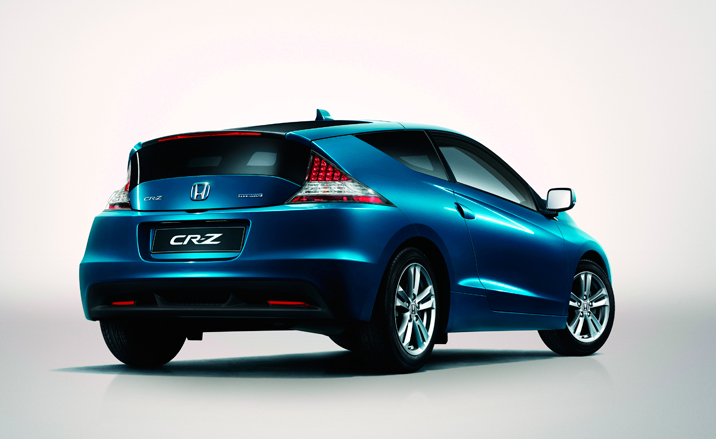
Honda CR-Z - based on the CR-X which was introduced in 1983

The Honda CR-Z was announced as a concept in 2009

Sporting a high-tech interior
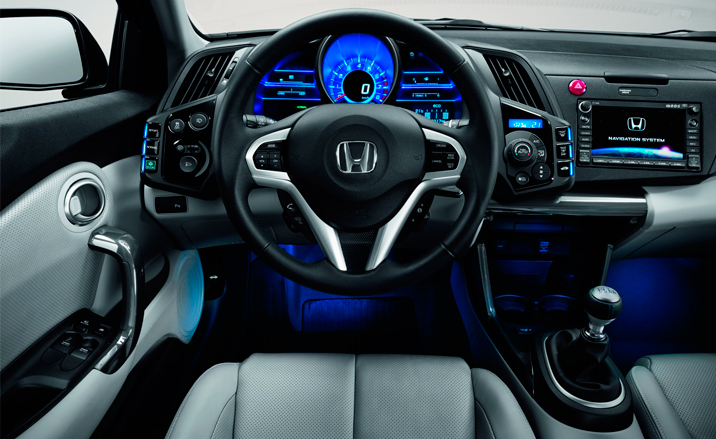
The car’s gearbox is well designed and the impact is a feeling of cohesion
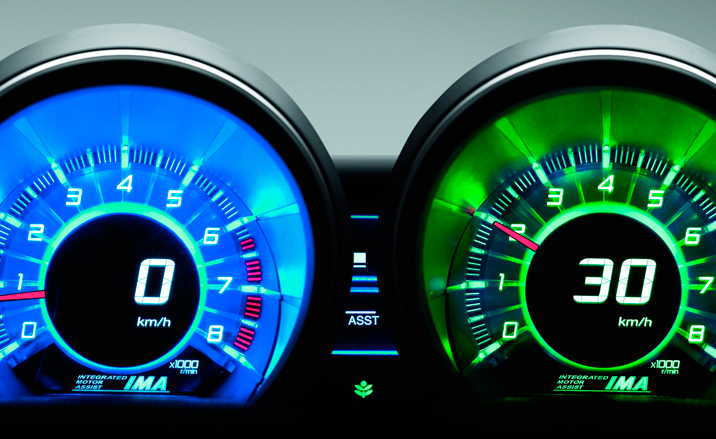
The dash glows green when on ’Eco’ mode but can be changed to suit the terrain
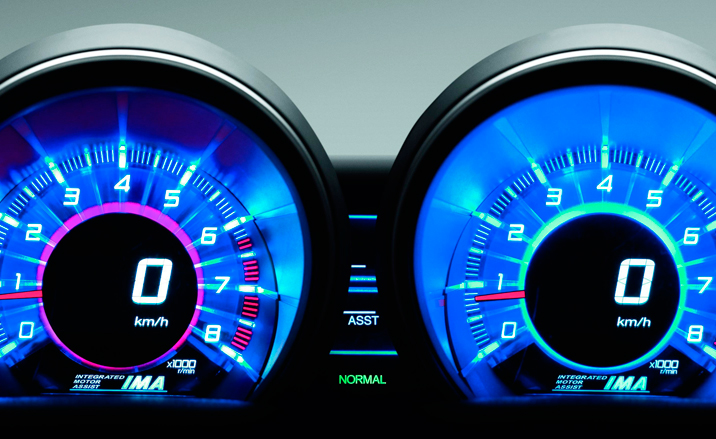
The CR-Z is being billed as Honda’s ’sport hybrid coupe’ by John Mendal executive vice president of sales for American Honda
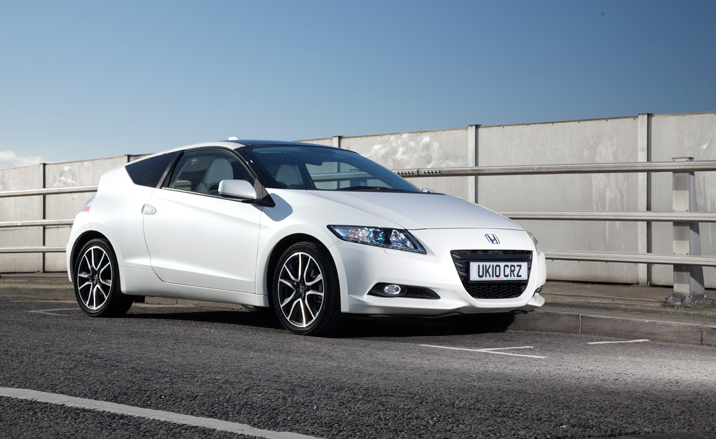
Although basic dimensions have survived from the studio model, many elements have been cut
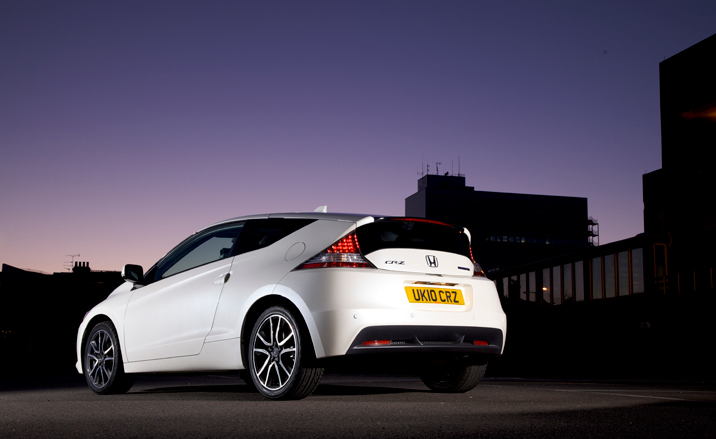
The car is set for an August release date in the US

Accommodation is tight in the rear and has been cut entirely from the American model

The CR-Z was born out of a ’one-motion wedge’ concept, with wide stance and low bonnet line
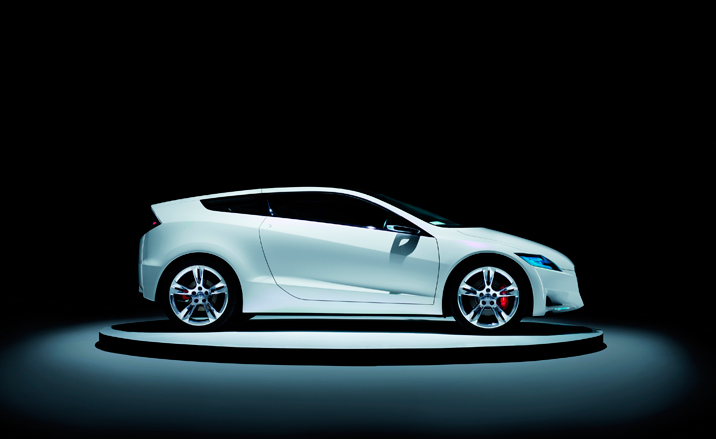
The CR-Z is the first car to combine a 6-speed gearbox with a low emission, parallel hybrid system
Receive our daily digest of inspiration, escapism and design stories from around the world direct to your inbox.
Jonathan Bell has written for Wallpaper* magazine since 1999, covering everything from architecture and transport design to books, tech and graphic design. He is now the magazine’s Transport and Technology Editor. Jonathan has written and edited 15 books, including Concept Car Design, 21st Century House, and The New Modern House. He is also the host of Wallpaper’s first podcast.
-
 Winston Branch searches for colour and light in large-scale artworks in London
Winston Branch searches for colour and light in large-scale artworks in LondonWinston Branch returns to his roots in 'Out of the Calabash' at Goodman Gallery, London ,
-
 The most anticipated hotel openings of 2026
The most anticipated hotel openings of 2026From landmark restorations to remote retreats, these are the hotel debuts shaping the year ahead
-
 Is the future of beauty skincare you can wear? Sylva’s Tallulah Harlech thinks so
Is the future of beauty skincare you can wear? Sylva’s Tallulah Harlech thinks soThe stylist’s label, Sylva, comprises a tightly edited collection of pieces designed to complement the skin’s microbiome, made possible by rigorous technical innovation – something she thinks will be the future of both fashion and beauty
-
 Peugeot’s sparky 308 gets hybrid power and handsome lines
Peugeot’s sparky 308 gets hybrid power and handsome linesThe Peugeot 308 proves that mass-market design needn’t be dull, blending hybrid power with sharp lines and excellent detailing
-
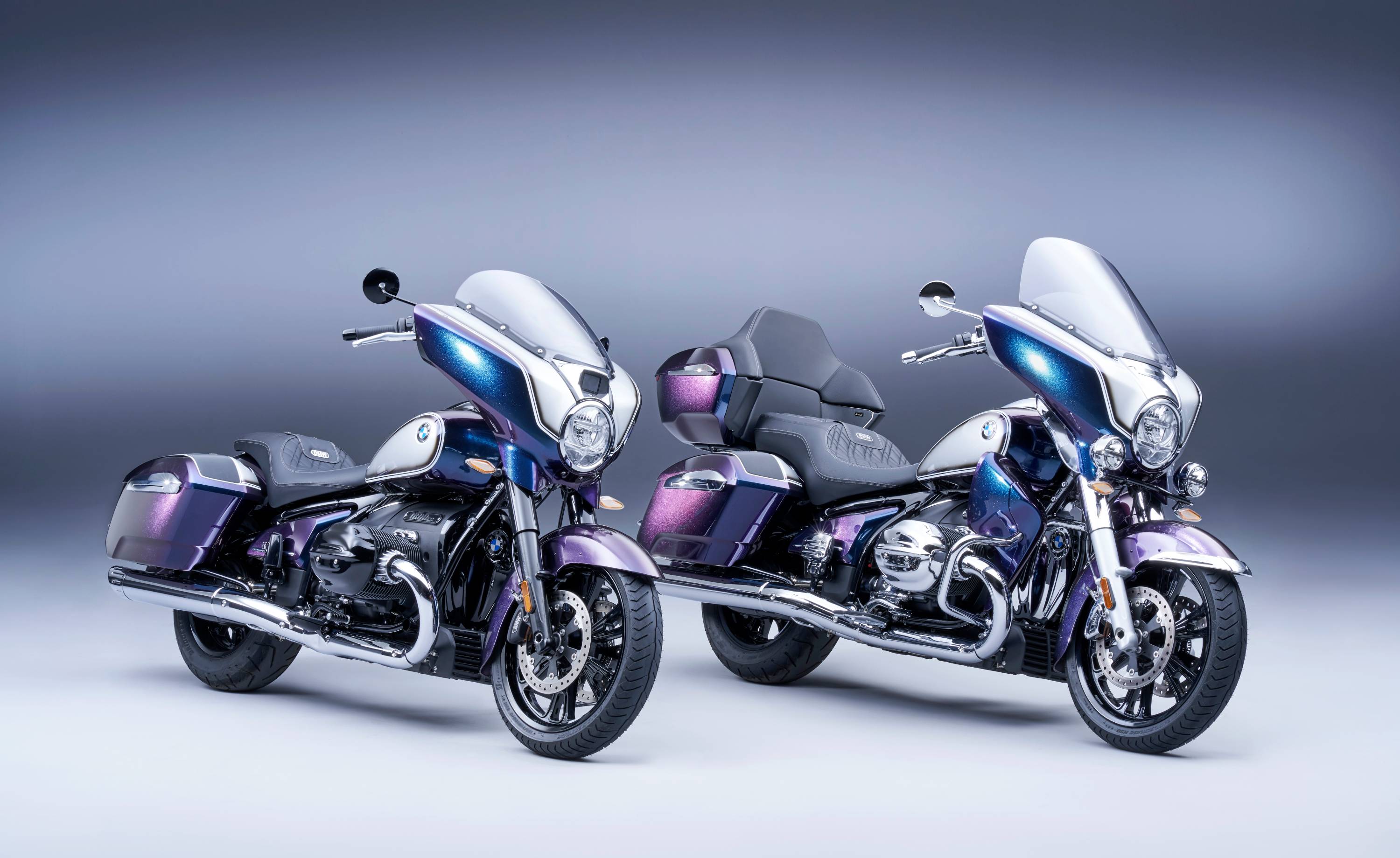 BMW Motorrad brings out the big guns for its newest cruisers
BMW Motorrad brings out the big guns for its newest cruisersBMW Motorrad R 18 Bagger and Transcontinental set the tone for high-voltage cruising with a brand collaboration with speaker specialist Marshall
-
 Dacia’s new Manifesto concept is a true outdoor utility vehicle
Dacia’s new Manifesto concept is a true outdoor utility vehicleUtilitarian auto brand Dacia sets a bold new agenda with its Manifesto, a concept car pitched at the active outdoor market
-
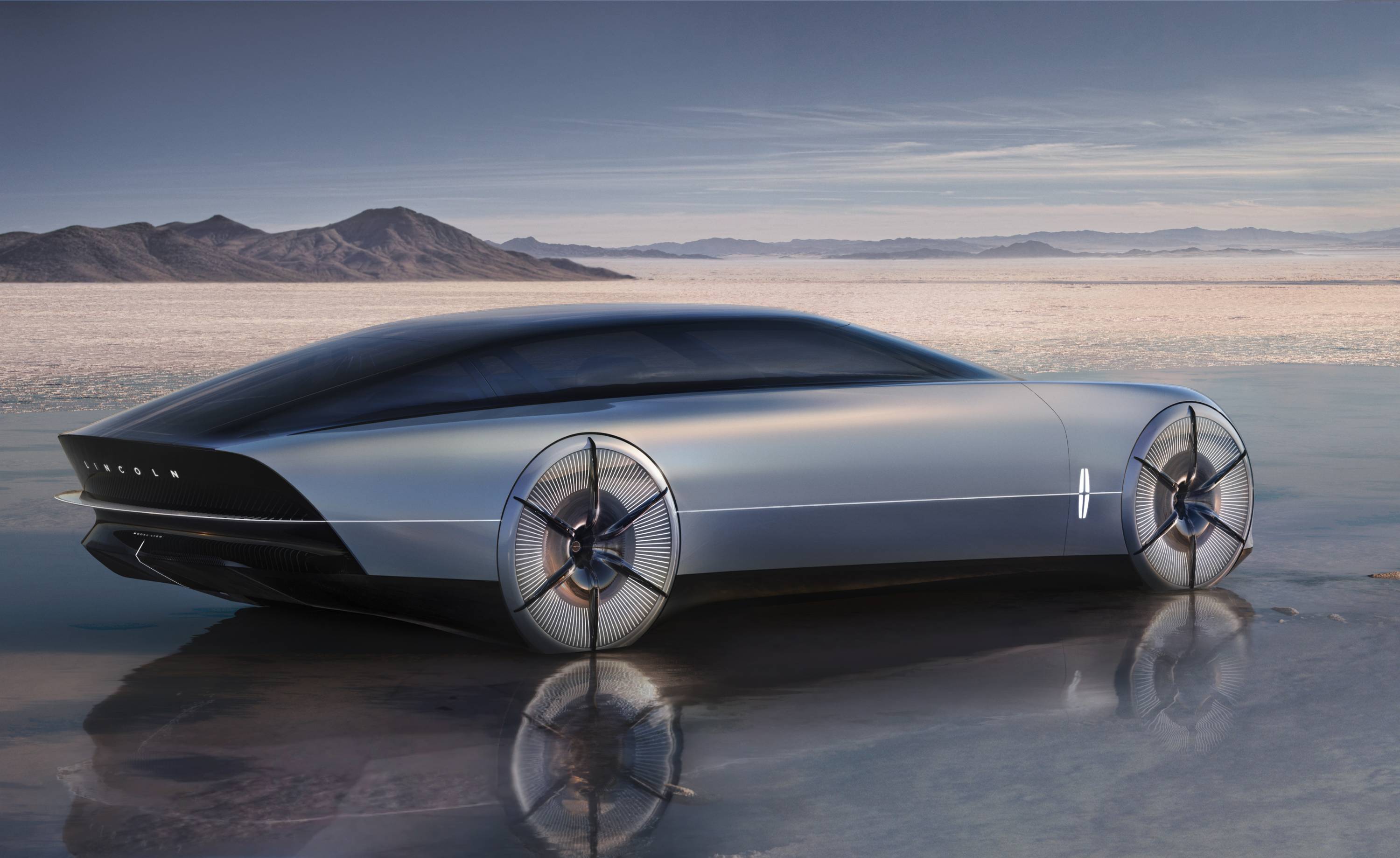 The sun sets on traditional supercars at California’s Monterey Car Week
The sun sets on traditional supercars at California’s Monterey Car WeekMonterey Car Week, the world’s most prestigious car gathering, is showcasing ever-more extravagant special editions, coachbuilt cars and all-new electric concepts. Here are seven key machines from 2022
-
 Is McLaren’s GT a sports car, a tourer, or the best of both?
Is McLaren’s GT a sports car, a tourer, or the best of both?The McLaren GT is a capable all-rounder dressed up in svelte supercar clothes. It might also be the last of its type
-
 Rolls-Royce puts the Phantom back on its lofty pedestal
Rolls-Royce puts the Phantom back on its lofty pedestalA mid-life refresh ensures the flagship Rolls-Royce Phantom Series II is at the top of its game, a last hurrah for traditional engines before an electrified future
-
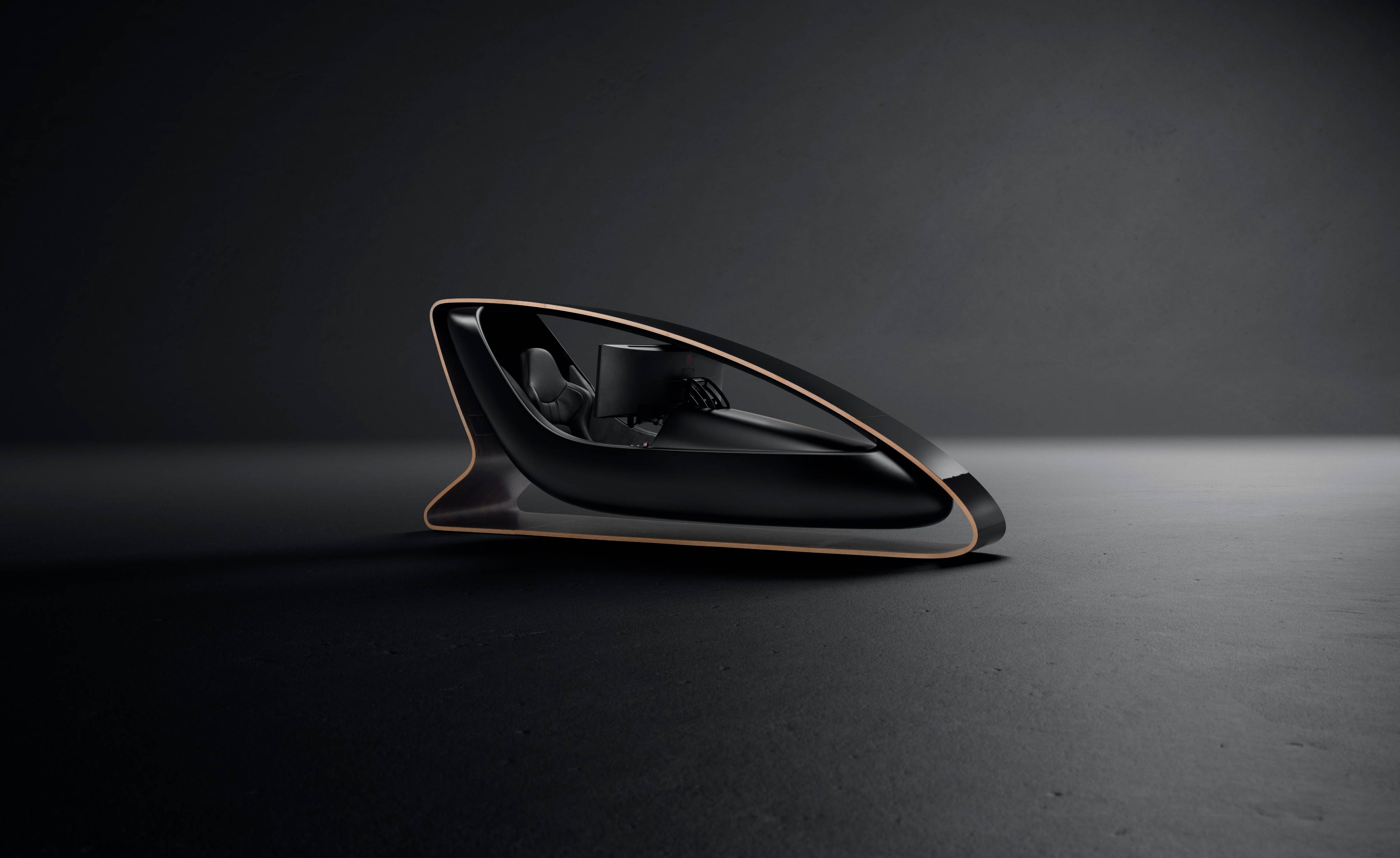 Prodrive’s new racing simulator is shaped by Callum to be front of the grid
Prodrive’s new racing simulator is shaped by Callum to be front of the gridThe racing simulator shapes up – this new design from Prodrive and Callum is honed for the high-end games room
-
 928 by Nardone Automotive: a restomod Porsche with Gallic verve and Italian style
928 by Nardone Automotive: a restomod Porsche with Gallic verve and Italian style928 by Nardone Automotive is a gracefully modernised version of Porsche’s endearingly different 928